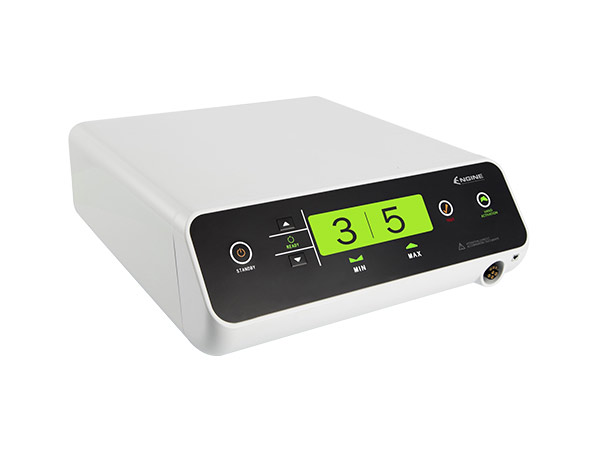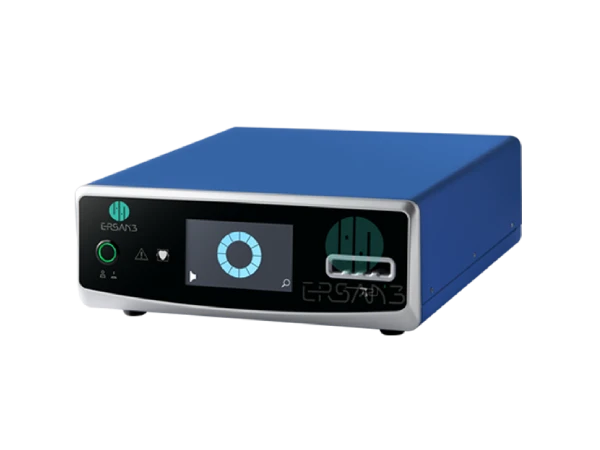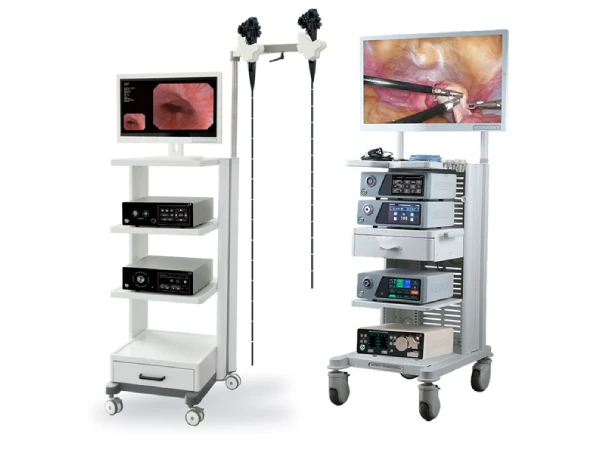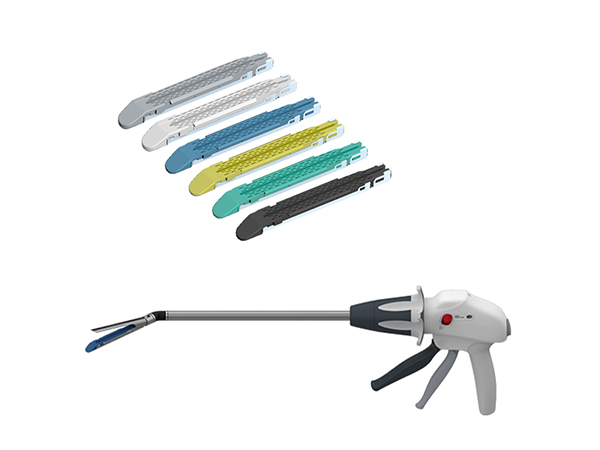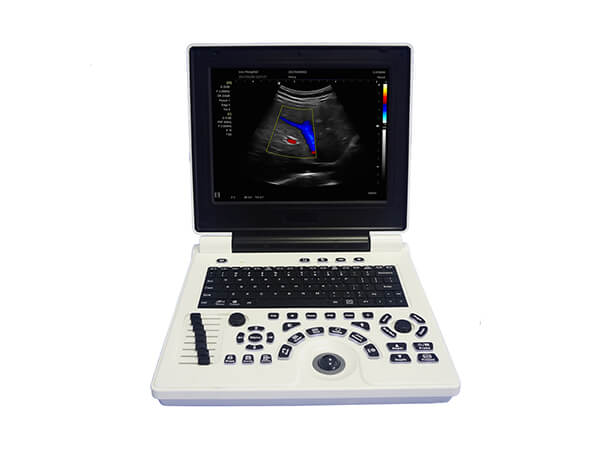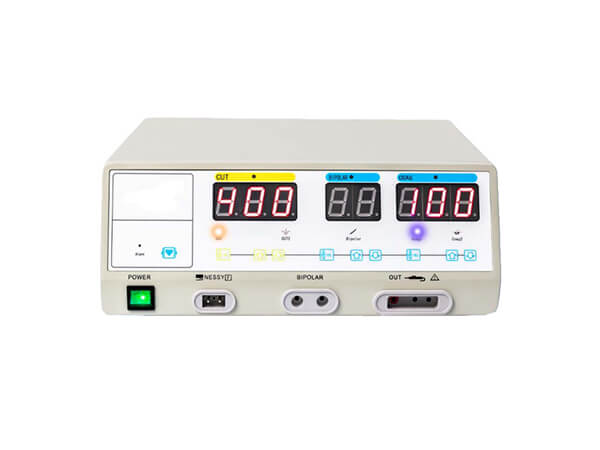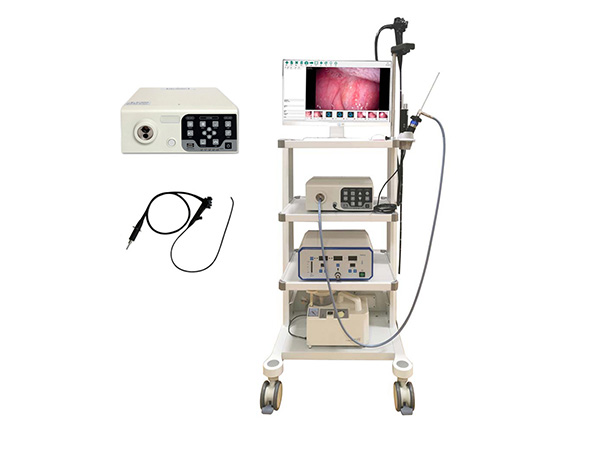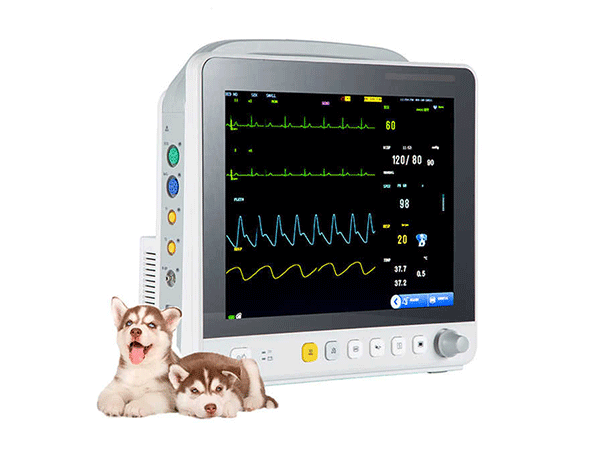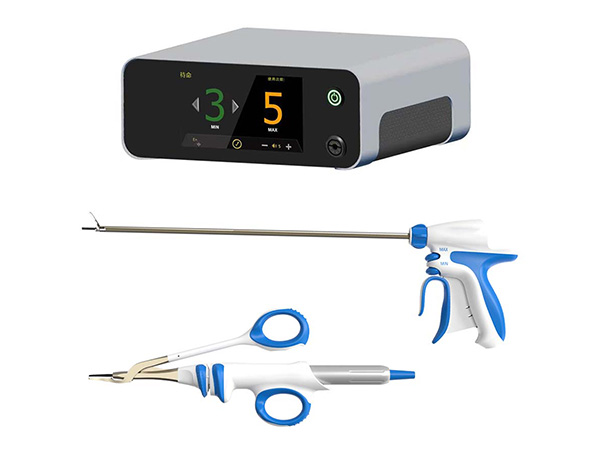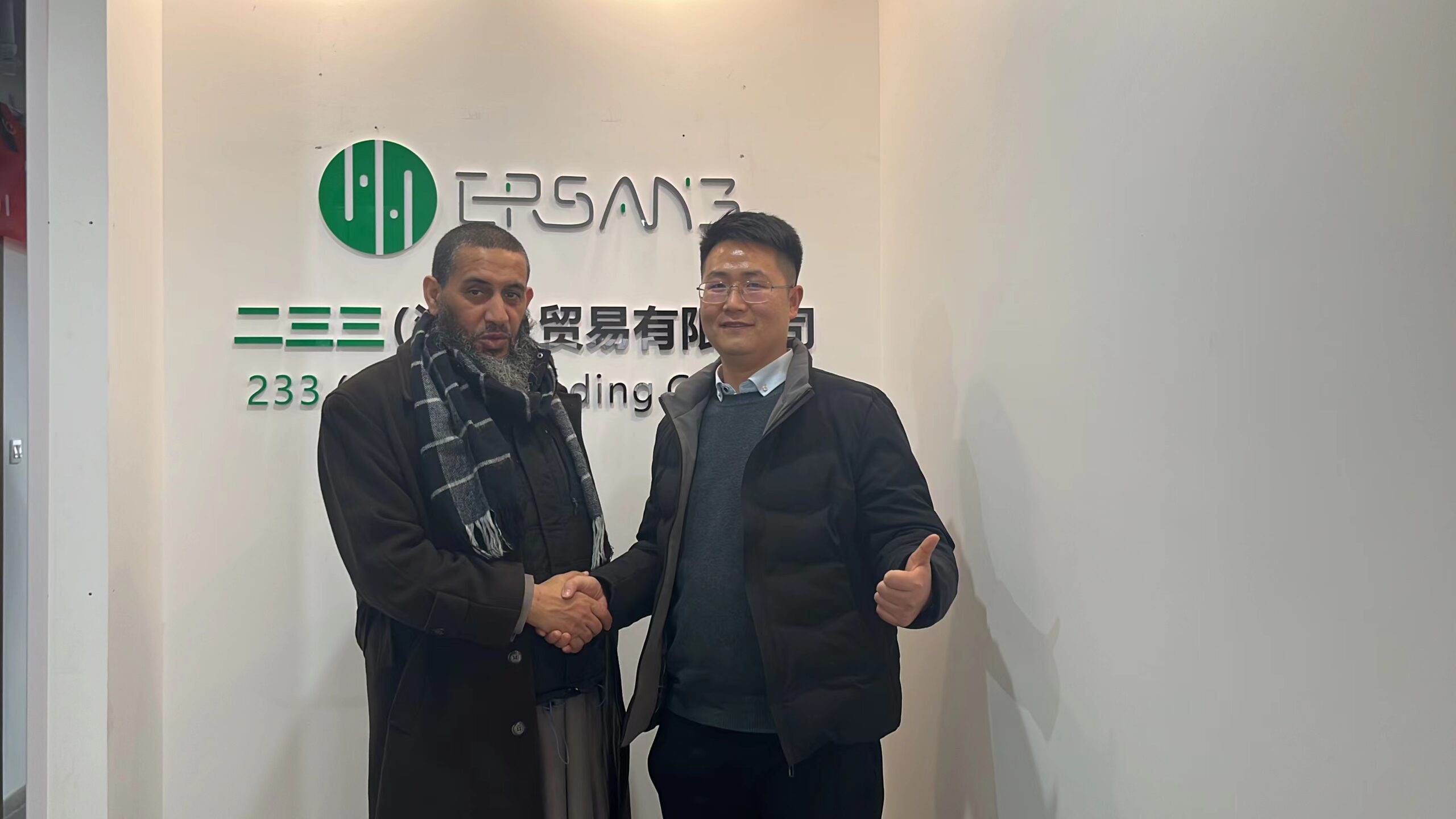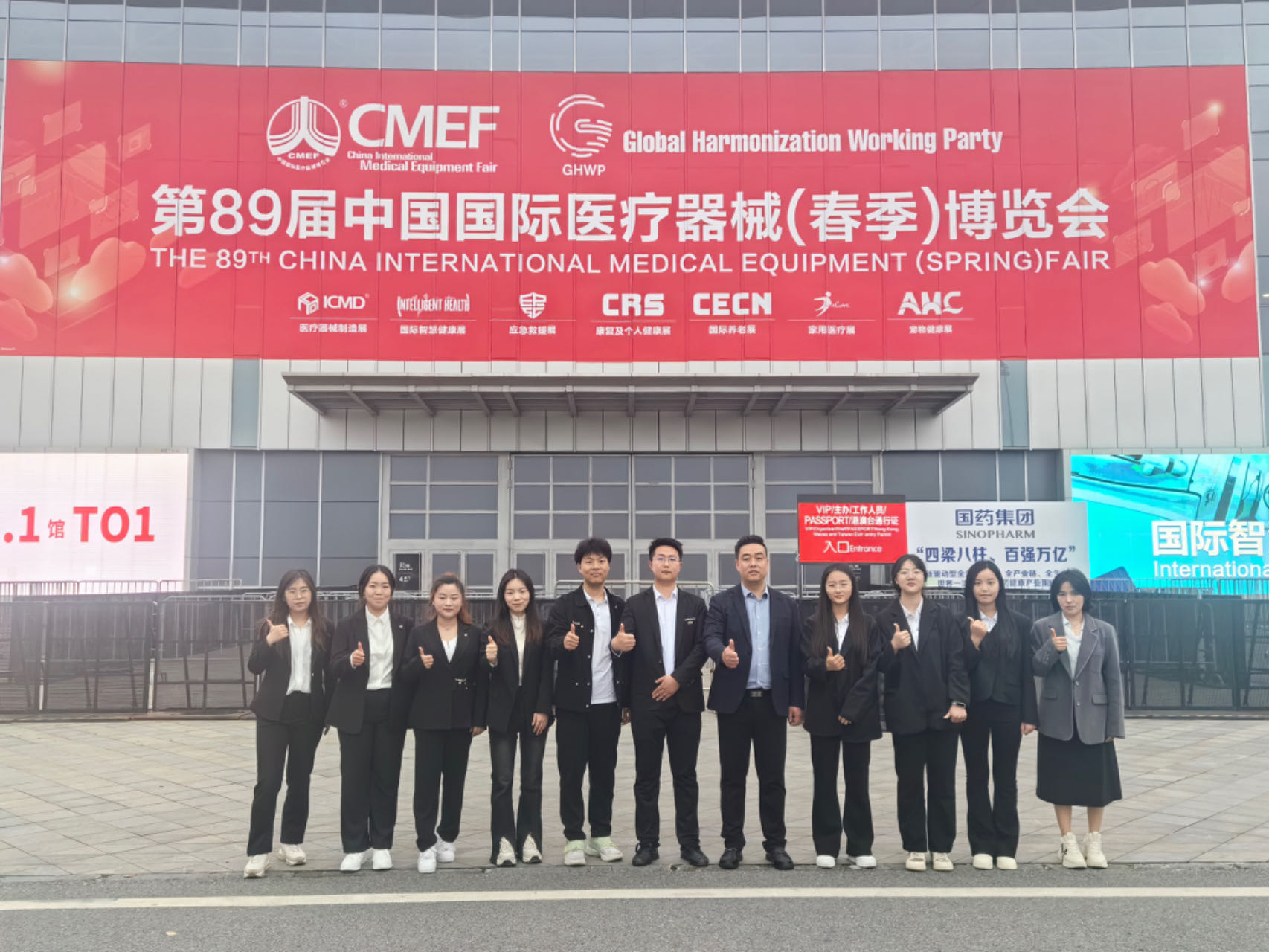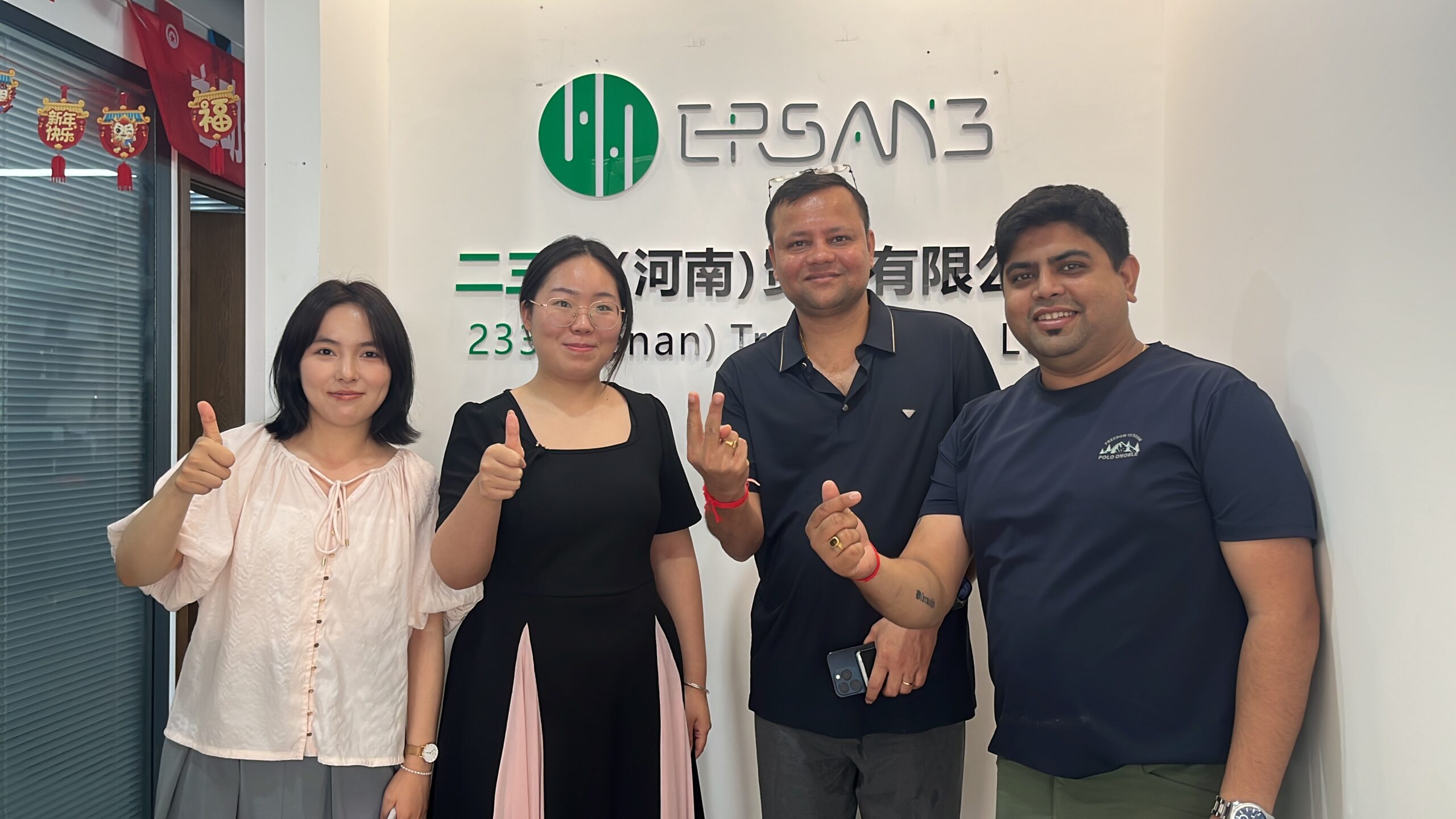Negative Pressure Wound Therapy (NPWT)—Transforming Wound Care
In recent years, Negative Pressure Wound Therapy (NPWT) has emerged as a groundbreaking technique in wound care, revolutionizing the treatment of various acute and chronic wounds. With its unique mechanism and numerous benefits, NPWT has become an invaluable tool for healthcare professionals, significantly improving patient outcomes.
How NPWT Works
The NPWT system operates through a sophisticated mechanism designed to promote wound healing efficiently and effectively. Central to its operation is the application of controlled negative pressure to the wound site. This negative pressure is applied via a specialized dressing and a sealed system connected to a pump. When activated, the pump removes air from the system, creating the necessary negative pressure at the wound site.
This negative pressure exerts several positive effects on the wound. It helps to draw the edges of the wound closer together, facilitating natural wound closure. Additionally, it stimulates the growth of granulation tissue, which is essential for the formation of new blood vessels and the subsequent healing process. The negative pressure also aids in the removal of excess exudate from the wound, creating a balanced moist wound environment that is conducive to healing. Furthermore, it helps to reduce edema in the surrounding tissue, minimizing swelling and discomfort for the patient.

Key Components of NPWT Systems
A typical NPWT system comprises several key components that work together to deliver effective therapy. These include
Dressing Material: This is applied directly to the wound and is designed to be compatible with the negative pressure system. It helps to protect the wound and facilitates the even distribution of pressure across the wound bed.
Sealing System: A crucial element of the NPWT system, the sealing system ensures that the negative pressure is maintained within the wound environment. It consists of an occlusive film or dressing that is applied over the primary wound dressing, creating an airtight seal.
Connecting Tubing and Canister: The connecting tubing transfers the exudate from the wound dressing to a collection canister. This canister is designed to safely contain the wound exudate and is regularly emptied or replaced as part of routine maintenance.
Control Unit: The control unit houses the pump, which is responsible for generating and regulating the negative pressure. It also features various settings that allow healthcare providers to customize the therapy according to the patient's specific needs.
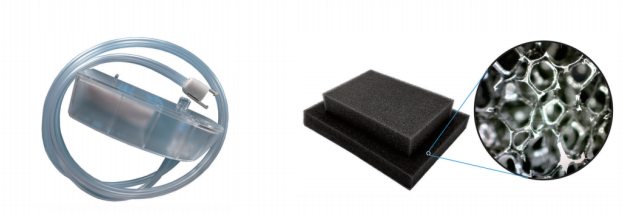

Clinical Benefits of NPWT
The clinical benefits of NPWT are extensive and have been well-documented in numerous studies and clinical trials. These benefits include:
Enhanced Wound Closure: By applying controlled pressure, NPWT helps to approximate wound edges, promoting faster and more effective wound closure.
Increased Granulation Tissue Formation: The negative pressure stimulates the growth of granulation tissue, which is vital for the development of new blood vessels and the eventual healing of the wound.
Improved Wound Bed Preparation: NPWT aids in the removal of devitalized tissue and bacteria, creating a cleaner wound bed that is more receptive to healing.
Reduced Edema: The therapy helps to decrease swelling and interstitial fluid accumulation in the surrounding tissue, thereby reducing patient discomfort and promoting better wound perfusion.
Management of Wound Exudate: NPWT effectively removes excess exudate, preventing pooling and reducing the risk of infection. This also helps to maintain a optimal wound environment.
Patient Comfort: Modern NPWT systems are designed with patient comfort in mind. They are often lightweight, portable, and relatively quiet in operation, allowing patients to maintain a normal lifestyle during treatment.
Versatility: NPWT can be applied to a wide range of wounds, including acute traumatic wounds, chronic wounds such as diabetic ulcers and pressure ulcers, burn wounds, and post-surgical wounds
Cost-Effectiveness: By promoting faster healing and reducing the risk of complications, NPWT can lead to shorter treatment durations and lower overall healthcare costs.
Clinical Applications and Efficacy
Acute Traumatic Wounds
For acute traumatic wounds, NPWT has proven to be highly effective in promoting rapid healing. By managing wound edema and providing mechanical support, it helps to stabilize the wound and accelerate the repair process. Studies have shown that patients treated with NPWT often experience shorter healing times and fewer complications compared to traditional wound care methods.
Chronic Wounds
Chronic wounds, such as diabetic ulcers and pressure ulcers, present unique challenges due to their prolonged healing times and susceptibility to infection. NPWT has demonstrated remarkable efficacy in stimulating healing in these difficult-to-treat wounds. The therapy helps to counteract the adverse effects of chronic inflammation and improves local blood circulation, creating a more favorable environment for healing. Clinical evidence suggests that NPWT can significantly reduce the size of chronic wounds and improve the quality of life for patients suffering from these conditions.
Burns
In burn management, NPWT offers several advantages. It helps to control exudate, reduce edema, and prevent infection in burn wounds. Additionally, it can be used as an adjunct to skin grafting, improving graft adherence and reducing the risk of graft failure.
Surgical Wounds
Post-surgical wounds can also benefit from NPWT. It helps to reinforce the wound site, reduce tension on sutures, and minimize the risk of wound dehiscence. This is particularly useful in cases where wound complications are a concern, such as in abdominal surgeries or in patients with compromised wound healing capabilities.
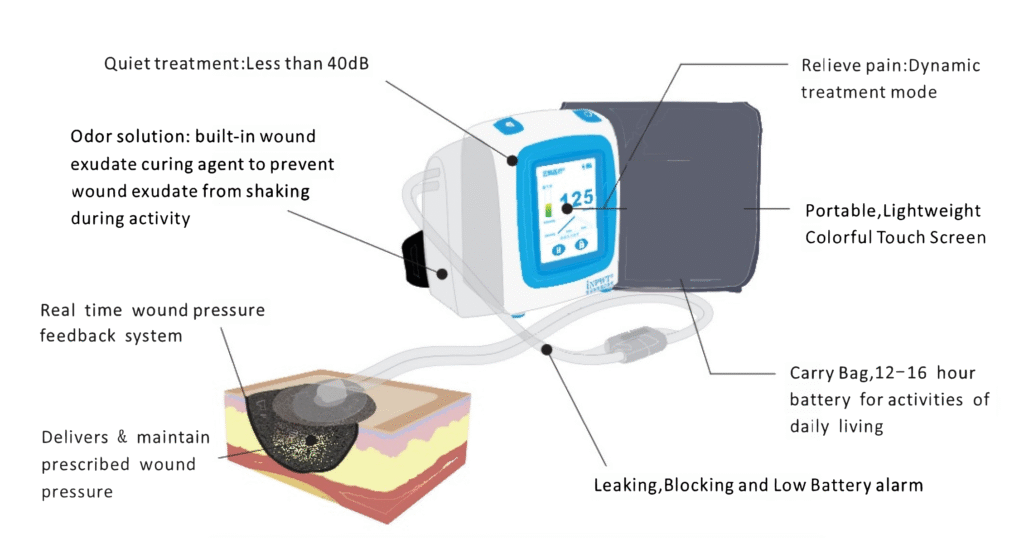
Getting Started with NPWT
Before using NPWT on a patient, a trained healthcare professional will evaluate the wound and determine if NPWT is appropriate. Healthcare professionals who are trained in NPWT will ensure that the therapy is administered correctly and safely, maximizing its benefits while minimizing any potential risks.
In conclusion, Negative Pressure Wound Therapy represents a significant advancement in wound care, offering a multifaceted approach to promoting healing and improving patient outcomes. Its ability to address a wide range of wound types and its proven clinical benefits make it a valuable addition to modern wound management practices.

